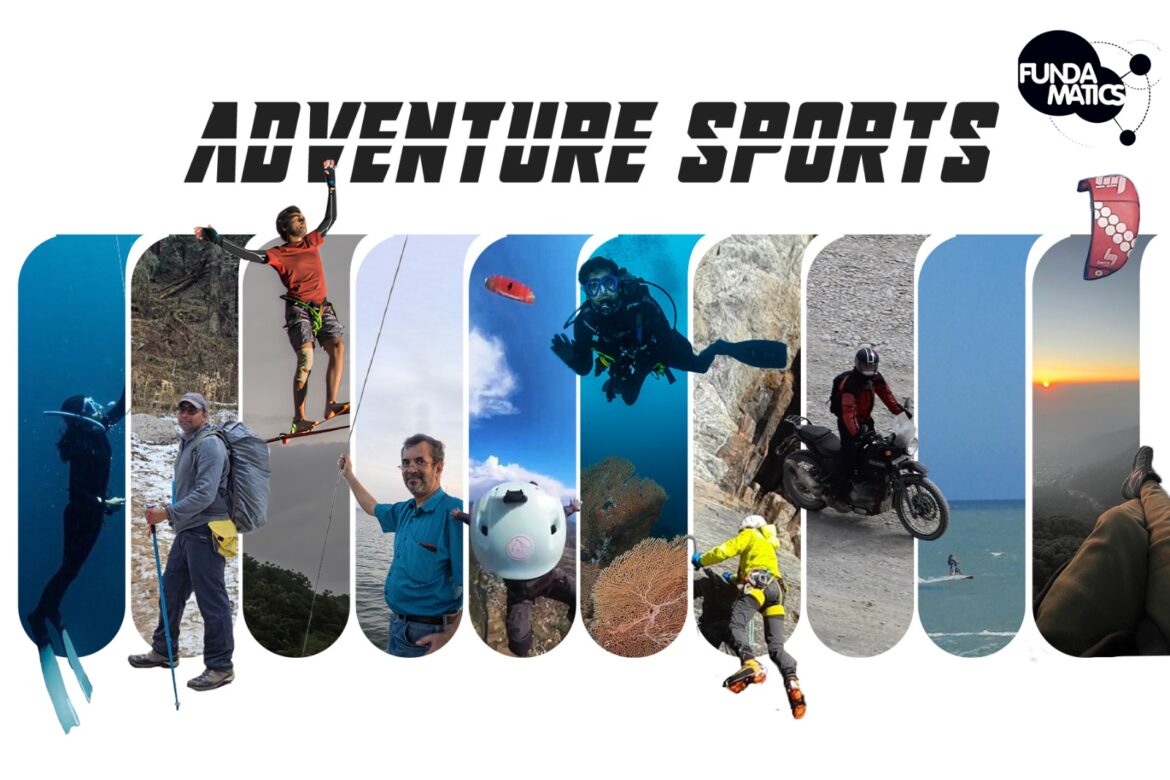It’s an honour and a privilege for me to write to you on the occasion of this special issue of our beloved Fundamatics, focused on Cybersecurity. I am no funda-man in this deeply technical subject, which is of unprecedented importance to us individually, as a society, and as a sovereign nation. The excellent articles in the issue cover most of the aspects of this subject. Let me use this opportunity to tell you about the IIT Bombay Trust Lab (“Trust Lab” for short).
Trust Lab was established in September 2022, with the mission to advance the state-of-the-art related to living in a trustworthy digital environment. We believed “trust” covers all the issues addressed by cybersecurity and more! Trust Lab focuses on three key areas: science, technology, and ecosystem for digital trust.










